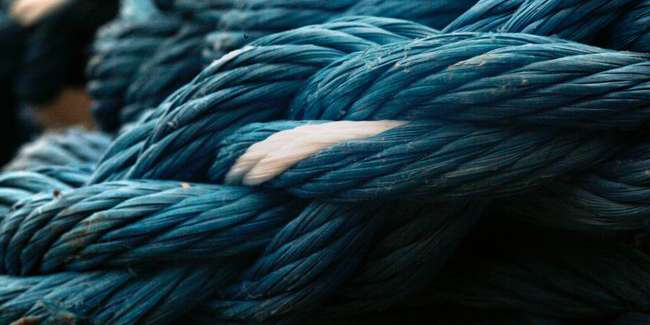Top Quality Natural Indigo Fabrics for Sustainable Fashion and Unique Designs
The Charm of Best Natural Indigo Fabric
In the world of textiles, few materials captivate the imagination like natural indigo fabric. Revered since ancient times, this vibrant blue fabric has a rich history and an ecological significance that resonates with today’s sustainable fashion movement. In this article, we will explore the unique attributes of the best natural indigo fabric, its production process, and why it is increasingly favored by conscious consumers and artisans around the globe.
The Allure of Indigo
Indigo dye is derived from the leaves of the indigo plant, primarily Indigofera tinctoria. Unlike synthetic dyes, which can have harmful environmental impacts, natural indigo is a time-honored, eco-friendly dyeing method that has been utilized for thousands of years across multiple cultures. The deep, rich blue hue of indigo is not only visually stunning but also carries a cultural significance that varies from region to region. In countries like India, Japan, and Africa, indigo has been traditionally associated with various rituals and practices, adding layers of meaning to the fabric.
The Production Process
The production of natural indigo fabric is a labor-intensive and artisanal process. First, the indigo leaves are harvested and fermented to create a dye. This fermentation process is crucial, as it helps to extract the indigo pigment. Afterward, the dye is processed into a soluble form, often in a vat, to allow the cotton or other textile fibers to soak in the dye bath.
The dyeing itself is a mesmerizing process. Fabrics are repeatedly dipped in the vat—each dip darkening the material until the desired hue of blue is achieved. The magic lies in the transformation that occurs once the fabric is pulled from the dye. The initially yellowish-green color gradually turns into the iconic deep blue, thanks to the oxidation process that occurs when the damp material is exposed to air. This meticulous method not only enhances the depth of the color but can also create beautiful patterns, particularly in traditional tie-dye techniques.
Quality and Characteristics
best natural indigo fabric

The best natural indigo fabric is characterized by its rich color, softness, and durability. Unlike many synthetic fabrics, which can wear down quickly, indigo-dyed textiles tend to endure the test of time. Over time, natural indigo fabric can develop a unique patina, adding character and individuality to each piece. The fading of indigo over time is a cherished aspect among many users, as it tells the story of the garment and the experiences of its wearer.
Moreover, natural indigo is gentle on the skin, making it suitable for individuals with sensitivities or allergies. This quality has made it a favorite choice for clothing items, home textiles, and accessories, blending comfort with aesthetics.
Bridging Tradition and Modernity
With the rise of sustainable fashion, natural indigo fabric has made a remarkable comeback. Modern designers are increasingly drawn to this age-old material, seeking to create collections that honor traditional craftsmanship while appealing to environmentally conscious consumers. Brands that use natural indigo often emphasize ethical production methods, ensuring that artisans are fairly compensated and that the environment is respected throughout the supply chain.
By incorporating natural indigo fabric into clothing lines and home goods, designers are not only creating beautiful products but also encouraging a return to sustainable practices that prioritize our planet's health. Consumers today are more aware than ever of the impact of their choices, leading to a growing appreciation for eco-friendly materials like natural indigo.
Conclusion
The allure of best natural indigo fabric lies in its deep-rooted history, eco-friendly production, and rich aesthetic appeal. As it gains popularity in the contemporary fashion landscape, it serves as a reminder that beauty and sustainability can coexist harmoniously. By choosing natural indigo, consumers are not merely making a fashion statement; they are also endorsing a legacy of tradition, craftsmanship, and environmental stewardship. In the end, the charm of natural indigo fabric is not just in its color, but in the story it tells—a story of artistry, culture, and a sustainable future.
-
The Timeless Art of Denim Indigo Dye
NewsJul.01,2025
-
The Rise of Sulfur Dyed Denim
NewsJul.01,2025
-
The Rich Revival of the Best Indigo Dye
NewsJul.01,2025
-
The Enduring Strength of Sulphur Black
NewsJul.01,2025
-
The Ancient Art of Chinese Indigo Dye
NewsJul.01,2025
-
Industry Power of Indigo
NewsJul.01,2025
-
Black Sulfur is Leading the Next Wave
NewsJul.01,2025

Sulphur Black
1.Name: sulphur black; Sulfur Black; Sulphur Black 1;
2.Structure formula:
3.Molecule formula: C6H4N2O5
4.CAS No.: 1326-82-5
5.HS code: 32041911
6.Product specification:Appearance:black phosphorus flakes; black liquid

Bromo Indigo; Vat Bromo-Indigo; C.I.Vat Blue 5
1.Name: Bromo indigo; Vat bromo-indigo; C.I.Vat blue 5;
2.Structure formula:
3.Molecule formula: C16H6Br4N2O2
4.CAS No.: 2475-31-2
5.HS code: 3204151000 6.Major usage and instruction: Be mainly used to dye cotton fabrics.

Indigo Blue Vat Blue
1.Name: indigo blue,vat blue 1,
2.Structure formula:
3.Molecule formula: C16H10N2O2
4.. CAS No.: 482-89-3
5.Molecule weight: 262.62
6.HS code: 3204151000
7.Major usage and instruction: Be mainly used to dye cotton fabrics.

